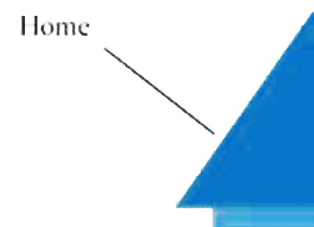Submissions
Submission Preparation Checklist
As part of the submission process, authors are required to check off their submission's compliance with all of the following items, and submissions may be returned to authors that do not adhere to these guidelines.- All requirements for the text are made
- Article is structured
- All requirements for the article title are made
- All requirements for abstracts in Ukrainian and Russian are made
- All requirements for for formatting figures are made
- All requirements for keywords are made
- All requirements for table format are made
- All requirements for formatting of the formulas are made
- All requirements for formatting of references to literature in the text are made
- All requirements for formatting the list of sources in the literature are made
- All requirements for abstracts in English are made
- All requirements for the list of literature in English (References) are made
- All requirements for registration information about the authors are made
Copyright Notice
Our journal abides by the Creative Commons CC BY copyright rights and permissions for open access journals.
Authors, who are published in this journal, agree to the following conditions:
1. The authors reserve the right to authorship of the work and pass the first publication right of this work to the journal under the terms of a Creative Commons CC BY, which allows others to freely distribute the published research with the obligatory reference to the authors of the original work and the first publication of the work in this journal.
2. The authors have the right to conclude separate supplement agreements that relate to non-exclusive work distribution in the form in which it has been published by the journal (for example, to upload the work to the online storage of the journal or publish it as part of a monograph), provided that the reference to the first publication of the work in this journal is included.
Privacy Statement
The editorial board of the journal ''ScienceRise" pay special attention to hold all information in confidence that comes to the editorial board and has not been published yet.The basic principles the editors follow:
- All reviewers confirm the confidentiality of information with which they work up to the time of the paper publication.
- If a reviewer needs help or advice of experts about a particular subject matter, the reviewers report to the editorial staff and get permission for such consultation.
- The information, proposed by the authors to the editors, is not transferred to third parties.
- All contact information (phone numbers and addresses), which the authors give to the editorial board, is used only by the editors and is not transferred to third parties.



